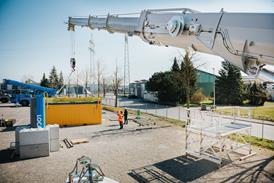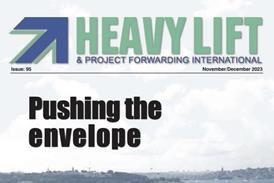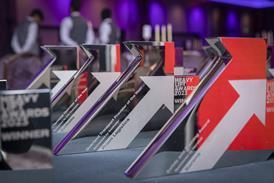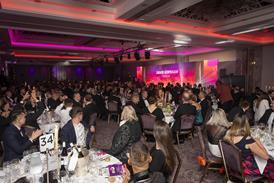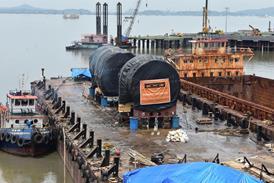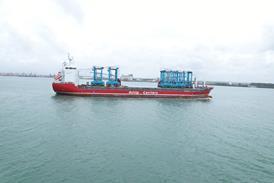October 7 - A trio of Brazilian crane rental and construction firms are using their combined expertise, along with a fleet of Terex machinery, to build the 45,000 capacity Arena da Amazonia stadium in Manaus.
Capital of the Brazilian state of Amazonia, Manaus is 1,500 km from the sea in the middle of the Amazon rainforest, but with its Free Economic Zone, the city is an important centre of the Brazilian economy and a financial hub with global trade relationships.
Andrade Guitierrez, Entec Longhi and Tomiasi were tasked with building the Arena da Amazonia that will host four of the matches for the 2014 FIFA World Cup. The group used Genie aerial working platforms and Terex tower, crawler, all terrain, rough terrain and truck cranes to complete the ambitious project.
Development of Arena da Amazonia began with the demolition of the Vivaldão Stadium, which originally stood on the site. The original turf and a large percentage of the material from the old stadium was stored and recycled for use in the new arena.
Two Terex SK 575-32 hammerhead tower cranes were erected to lift and place hundreds of precast concrete components for the construction of the new stadium's basic structure.
When the Terex tower crane was unsuitable, or when more mobility or versatility was required, during the development of the stadium's structure the lifting duties were allocated to the Terex AC 200-1 and AC 350/6 all terrain cranes, an RT 280 rough terrain crane and a TC 780 truck crane.
The all-terrain and truck cranes belonging to local lifting crane and rental firm Entec Longhi were mobilised for multiple purposes, from loading heavy steel components to placing pre-cast assemblies in hard-to-reach places.
A TC 780 was also brought on-site when additional lifting capacity was required to stay on schedule.
The cranes were on the jobsite for six months and performed more than 90 lifts - some of them at 25 m high, 24 m radius and lifting 28 tonnes.
During the finishing process, Genie products from Terex Aerial Work Platforms featured prominently, including the GS 2646 electric scissor lift.
The roof of the Arena da Amazonia is unique not only in looks but in terms of functionality. It can moderate the temperature of the arena and drain large quantities of water, essential due to the region's high rainfall. It is styled on the local flax basket weaving made by indigenous Amazonas inhabitants. The self-supporting structure is made up of over 200 steel pieces weighing over 6,670 tonnes - the largest of which measured 22 m long and weighed 30 tonnes.
The journey of the roof components started roughly 7,000 km away in Portugal, where Martifer cast the bespoke steel. The parts were shipped directly to the Port of Manaus.
The construction of the roof was by far the most complex part of the project. The development was split up into eleven separate stages including the erection of prefabricated structures, placing temporary support structures to bear the weight of the structure during construction, and the final phase, when the top pieces (compression stress) are placed. When finished the structure becomes self-supporting and the temporary supports can be removed.
Terex all terrain cranes were used to lift individual steel parts to form sub-assemblies, which were then lifted and placed with a Terex CC2400-1 crawler crane owned by Tomiasi Logistica Pesada.
Once the roof is finished and self-supporting, the last step is to install the stadium's translucent PTFE (Teflon) membrane that will reflect heat and at the same time let light through, as well as provide ventilation. The stadium is expected to be finished by the end of 2013.
.jpg)
www.tomiasi.com.br
www.andradegutierrez.com.br
www.entecmanaus.com.br
www.terex.com



